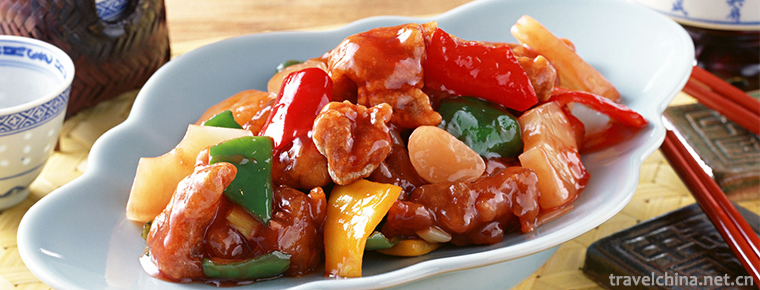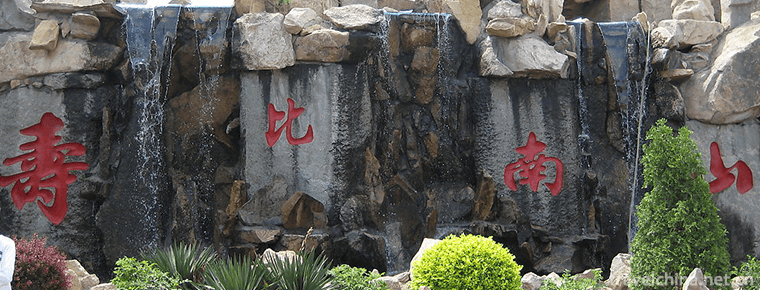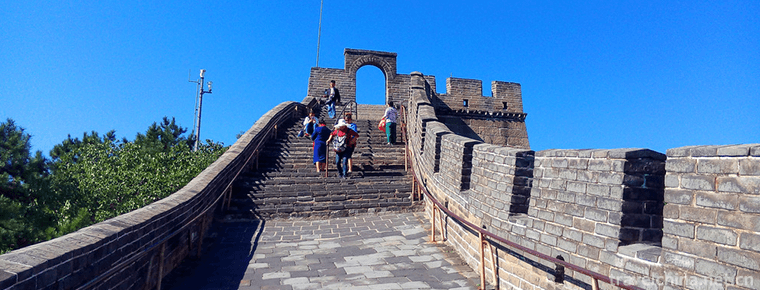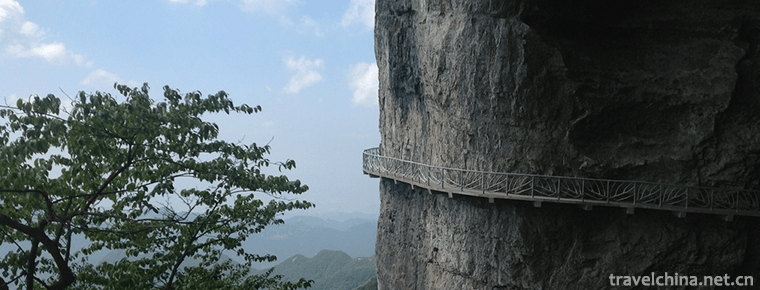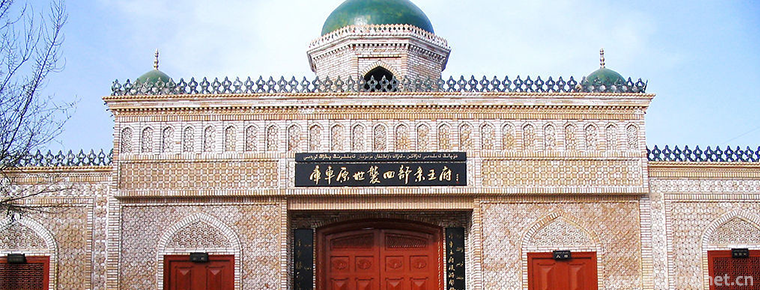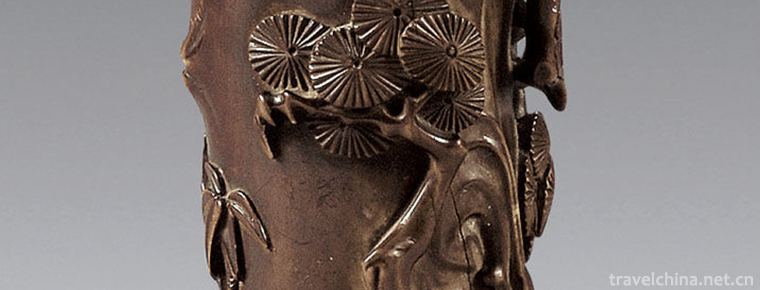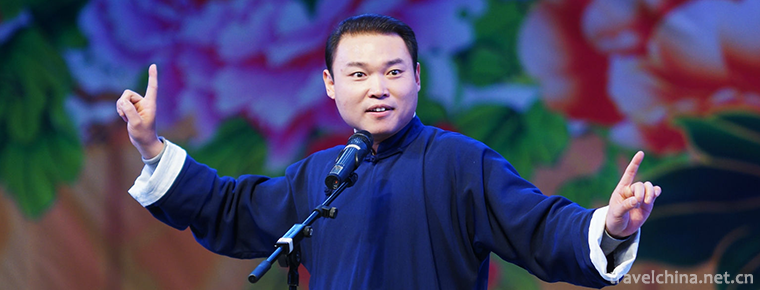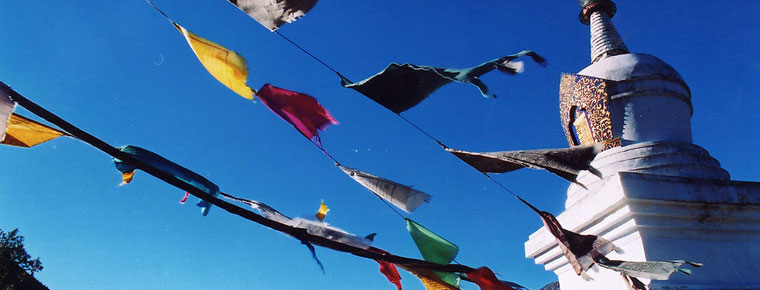Guangan economy
Guang'an economy
In 2019, the GDP of Guang'an City will reach 125.04 billion yuan, an increase of 7.5% over the previous year (the same below). Among them, the added value of the primary industry was 20.43 billion yuan, an increase of 2.8%; the added value of the secondary industry was 41.1 billion yuan, an increase of 8.2%; the added value of the tertiary industry was 63.51 billion yuan, an increase of 8.5%. The contribution rates of the three industries to economic growth are 6.2%, 44.0% and 49.8% respectively. The per capita GDP was 38522 yuan, an increase of 7.5%. The three industrial structure was adjusted from 16.8:33.1:50.1 in the previous year to 16.3:32.9:50.8. The added value of the city's private economy was 72.32 billion yuan, an increase of 7.6%, accounting for 57.8% of GDP and contributing 56.6% to GDP. The consumer price (CPI) rose by 3.6% in the whole year, of which the price of food (original caliber) rose by 7.9%, and the retail price of commodities (RPI) in urban areas increased by 3.4%. From the eight categories, food, tobacco and alcohol rose by 7.3%, clothing by 7.1%, residence by 1.6%, daily necessities and services by 2.5%, transportation and communication by 0.7%, education, culture and entertainment by 1.8%, health care by 1.2%, and other supplies and services by 3.4%. The producer price index (PPI) of industrial producers was the same as that of last year, in which the price of means of production decreased by 1.8%, the price of means of living increased by 4.6%, and the purchase price of industrial producer (IPI) decreased by 1.5%. The per capita disposable income of urban residents was 36005 yuan, an increase of 2926 yuan or 8.8%. Among them, wage income was 23873 yuan, an increase of 8.7%; net operating income was 5295 yuan, an increase of 8.4%; net property income was 2045 yuan, an increase of 8.6%; net transfer income was 4793 yuan, an increase of 10.3%. The per capita consumption expenditure of urban residents was 23637 yuan, an increase of 7.1%. Among them, food expenditure was 8123 yuan, an increase of 6.1%; clothing expenditure was 2496 yuan, an increase of 6.4%; residential expenditure was 3710 yuan, an increase of 7.6%; daily necessities and services expenditure was 2460 yuan, an increase of 7.2%; transportation and communication expenditure was 2430 yuan, an increase of 8.0%; education, culture and entertainment expenditure was 1954 yuan, an increase of 8.7%; medical and health care expenditure was 1772 yuan, an increase of 8.1%; other supplies and services expenditure was 691 yuan, an increase of 7.3%. The per capita disposable income of rural residents in the city was 16445 yuan, an increase of 1514 yuan or 10.1%. Among them, wage income was 7632 yuan, an increase of 9.8%; net operating income was 6606 yuan, an increase of 9.5%; net property income was 426 yuan, an increase of 17.2%; net transfer income was 1782 yuan, an increase of 12.3%. The per capita consumption expenditure of rural residents was 12523 yuan, an increase of 9.7%. Among them, food expenditure was 4502 yuan, an increase of 5.6%; clothing expenditure was 1118 yuan, an increase of 8.5%; residential expenditure was 2237 yuan, an increase of 14.1%; daily necessities and services expenditure was 1110 yuan, an increase of 11.3%; transportation and communication expenditure was 1261 yuan, an increase of 12.0%; education, culture and entertainment expenditure was 880 yuan, an increase of 11.8%; medical and health care expenditure was 1138 yuan, an increase of 12.5%; other supplies and services expenditure was 277 yuan, an increase of 14.8%.

Guangan economy
-
Pineapple Sweet and Sour Pork
Gu Lu meat, also known as the ancient meat. It is a special dish in Guangdong. This dish dates back to the Qing Dynasty. At that time, many foreigners in the city of Guangzhou
Views: 172 Time 2018-11-02 -
Longkou Nanshan Scenic Area
Nanshan tourist scenic spot is located in the beautiful scenery of Lu Shan in Longkou City, Yantai City, Shandong province. The scenic spots of Nanshan Temple
Views: 142 Time 2018-12-08 -
The Badaling Great Wall
Juyongguan Great Wall is a famous ancient city along the Great Wall of Beijing and a national cultural relic protection unit. It is a national AAAA scenic spot assessed by Beijing Tourism Bureau
Views: 357 Time 2018-12-09 -
Nanchuan Jinfo Mountain
Jinfo Mountain: World Natural Heritage, National AAAAA Tourist Scenic Spot, National Key Scenic Spots, National Forest Park, National Nature Reserve, National Natural Heritage
Views: 304 Time 2018-12-12 -
Kuqa Wangfu Scenic Area
Located in Kuqa County, Xinjiang, the "Kuqa Wangfu" was built by Emperor Qianlong of Qing Dynasty in 1759 by dispatching Han craftsmen from the mainland in order to commend the local Uygur l
Views: 183 Time 2019-01-29 -
Yueqing Poplar Wood Carving
Yueqing boxwood carving, a kind of ornamental round carving art with boxwood as its material, is mainly popular in Houhengcun, Wengyuan Street and Lecheng Street of Liushi Town in Yueqing City,
Views: 129 Time 2019-05-11 -
Xie Rong Zhongzi
Xierong Zhongzi still keeps the primitive and simple legacy, from which we can see the spiritual sustenance and aesthetic pursuit of Tibetan ancestors. This kind of primitive culture and art has becom
Views: 211 Time 2019-07-06 -
yangzhou storytelling
Yangzhou Dialect Commentary is a kind of folk art storytelling in Yangzhou dialect, which was developed in the early Qing Dynasty and popular in northern Jiangsu and Zhenjiang, Nanjing and Shanghai.
Views: 127 Time 2019-07-10 -
Tibetan lads are really popular
Who is Ding Zhen? He is a Tibetan Boy, 20 years old. On November 25, a tourism propaganda film "Ding Zhen's world" made him popular all over the country. Netizens once thought that his hometown was in Tibet, and the photographer could not help but clarify that Ding Zhen was from Litang County, Ganzi, Sichuan Province.
Views: 118 Time 2020-12-07 -
Convenient facilities and medical services of Chengdu Giant Panda Base
Chengdu Research Base of giant panda breeding has a tourist service center in the hall on the first floor of the museum, which can provide free convenience services such as microwave heating, drinking water hot water, baby carriage, wheelchair, walking stick, umbrella, needle and thread bag, etc.
Views: 402 Time 2020-12-13 -
Mianyang tertiary industry
In 2019, the added value of the tertiary industry in Mianyang will increase by 9.4%, 0.9 percentage points higher than the average level of the whole province. Among them, the added value of wholesale and retail industry increased by 9.5%, transportation
Views: 343 Time 2020-12-14 -
Animal resources in Nanchong
There are many animals in the subtropical farmland of Nanchong, and the number of other types of animals is less. Hundreds of wild animal resources are still preserved in the city. Among the rare animals, there are two kinds of national first class protected species
Views: 155 Time 2020-12-17
